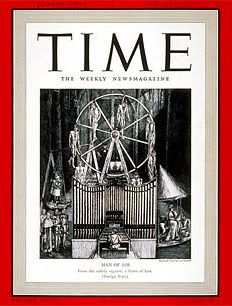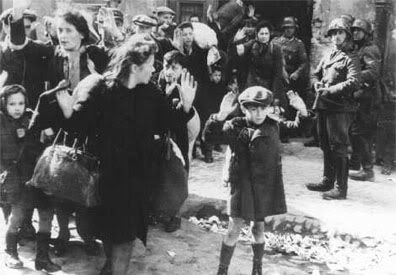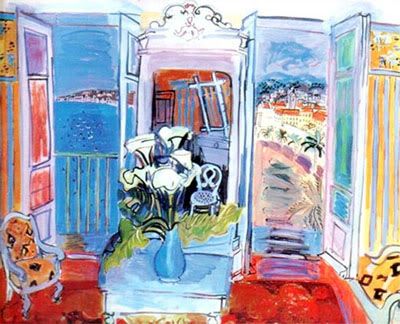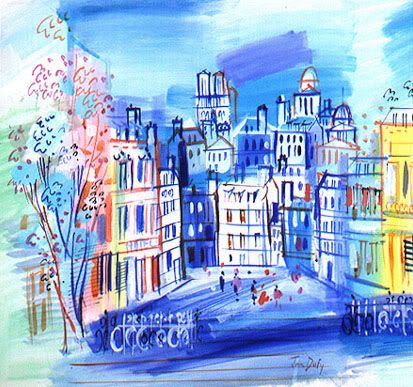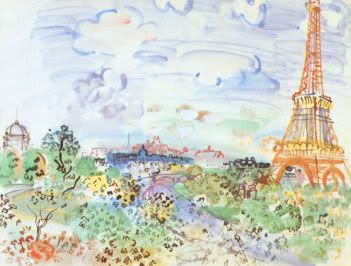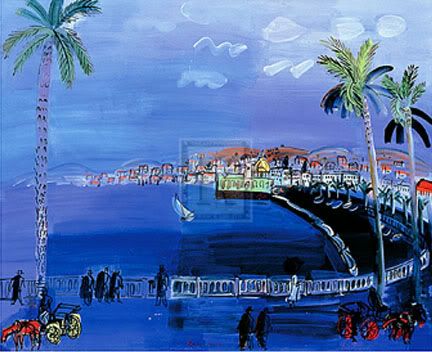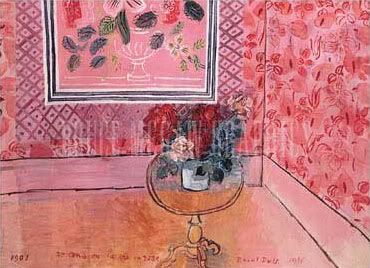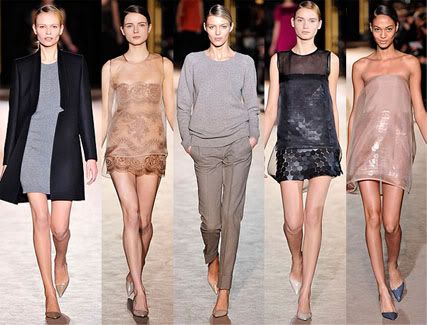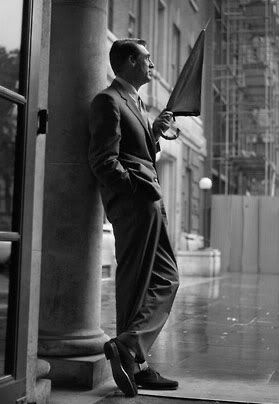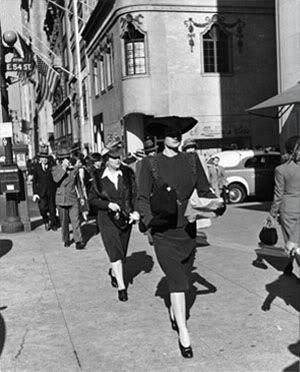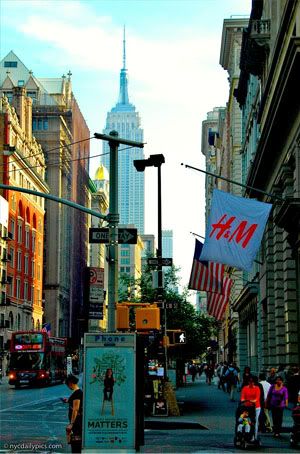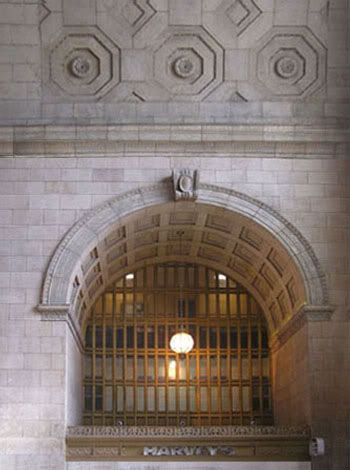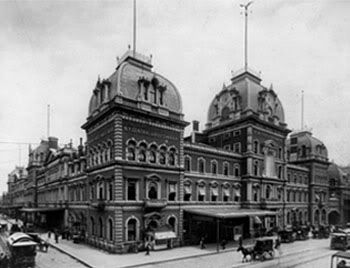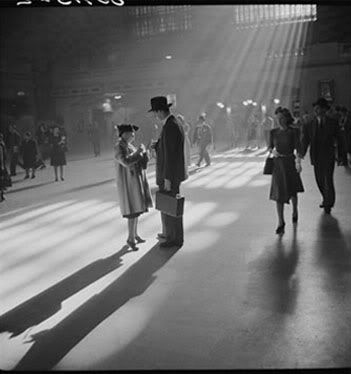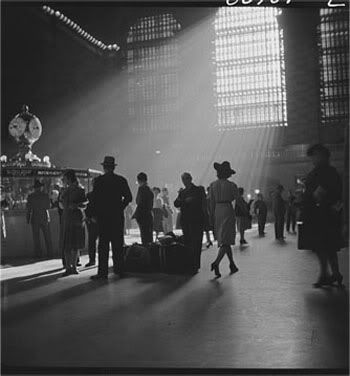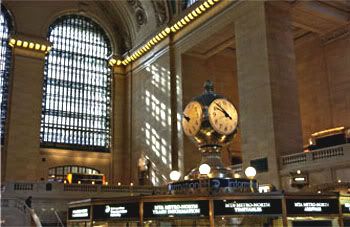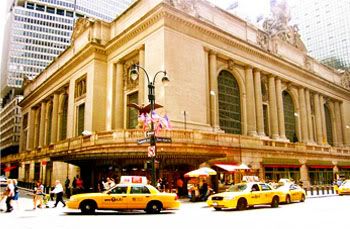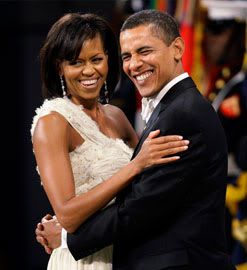Time Magazine's issue of Hitler as Man of the Year
[Large image here, Click on linked image to magnify further]
The caption reads:
Man of 1938
From the Unholy Organist, a hymn of Hate
The illustration shows:
Organist Adolf Hitler playing his hymn of hate in a desecrated cathedral while victims dangle on a St. Catherine's wheel and the Nazi hierarchy looks on, was drawn by Baron Rudolph Charles von Ripper (see p. 20), a Catholic who found Germany intolerable.
The illustration is by Baron Rudolph Charles von Ripper [text of linked article is small, but the biography is the most complete I can find online]Hitler on the cover of Time:
Top - Left: 1931, Right: 1933
Bottom - Left: 1936, Right: 1941------------------------------------------------------------------------------------------------
A couple of days ago, the T.V. game show Jeopardy asked who was the Time Magazine Man of the Year for 1938 as its final question. Guess, if you don't know.
Unbelievably it was Hitler.
By 1938, there was enough information coming out of Germany to paint a viscous picture of Hitler's ambitions and rise to power, including his invasions of Czechoslovakia and Poland.
Below is a review of Hitler as he attains the leadership of the Nazi Party to his death by suicide in 1945.
On November 8th, 1923, Hitler, the leader of the National Socialist German Workers' Party, or the Nazi Party for short, marched with 2,000 Nazis to disrupt a meeting at the Munich Beer Hall (known as the Beer Hall Putsch) to spark a "revolution." This failed. The following morning, Hitler and about 3,000 Nazis marched in Munich to take over the entire city. This was averted by the police. Hitler was arrested two days later at his hiding place in the attic of friends. He served only one of his five-year term. He wrote most of his
Mein Kampf treatise while in prison. The book was published in two volumes in 1925 and 1926. There was no doubt what he thought about, and intended for, the "Jewish Question." In 1933, he was elected Chancellor of Germany by popular vote. In 1936, his government hosted the summer Olympic Games in Berlin, a prestigious recognition of his country by the world at large.
Hiter's aggressive leadership, his clear-cut anti-Semitism, his nationalistic politics to bring Germany to the forefront of Europe through Nazism, and his expansionary goals, were ignored or undermined by world leaders, despite enough (I could say ample) evidence.
The
January 2 1939 edition of Time Magazine named him Man of the Year for 1938, as a world figure who "for better or for worse, ...has done the most to influence the events of the year." This ambiguous honor gave some legitimacy to Hitler's leadership by the world at large.
Here is more from the 1939
article in the magazine, describing Hitler:
[T]he figure of Adolf Hitler strode over a cringing Europe with all the swagger of a conqueror. Not the mere fact that the Führer brought 10,500,000 more people (7,000,000 Austrians, 3,500,000 Sudetens) under his absolute rule made him the Man of 1938...More significant was the fact Hitler became in 1938 the greatest threatening force that the democratic, freedom-loving world faces today.
In March 1938, Hitler invaded Czechoslovakia. On September 1, 1939, Hitler invaded Poland. On September 3, 1939, Britain and France declared war on Germany, but with no military action against Germany. Hitler then invaded Norway and Denmark, and launched his blitzkrieg on Holland, Belgium and France by 1940. Churchill, who became Prime Minister of Britain in 1940, led the British to war against Germany with his June 1940 "Finest Hour" speech, and his famous line:
"I expect that the Battle of Britain is about to begin."
The Americans joined soon after, in December 1941
Hitler stayed in power from 1933 until the defeat of the Nazis in 1945. He had managed to convince the German people to elect him as their leader despite his aggressive and destructive coup on the German government more than ten years earlier. His stint in prison was forgotten. His book,
Mein Kampf, failed to alert the public of his true intentions. His invasions were initially downplayed by foreign nations. News, reports, and perhaps more importantly anecdotes by Jewish dissidents to America on this treatment of Jews in Germany, including stories of Jews being rounded up for labor/concentration camps, were ignored or downplayed.
On November 9, 1938, his SA stormtroopers conducted two days of destruction and pogrom on Jewish neighborhoods using as a pretext the shooting of a German Embassy staff in Paris by Herschel Grynszpan, a young Jewish student. Grynszpan was retaliating against the deportation of his parents from Germany to Poland. Although the international community condemned this Germany-wide pogrom, or
Kristallnacht as it is known, some by cutting off diplomatic relation with Germany, Hitler suffered no serious consequences. The world didn't take his clearly displayed Jewish animosity as a precursor to his impending aggressions.
Hitler himself said in a public speech in January 1939:
"If international-finance Jewry inside and outside Europe should succeed once more in plunging the nations into yet another world war, the consequences will not be the Bolshevization of the earth and thereby the victory of Jewry, but the annihilation (vernichtung) of the Jewish race in Europe."
His speech was included in
the 1940 Nazi propaganda movie The Eternal Jew (Der ewige Jude), whose purpose was to provide a rationale and blueprint for eliminating the Jews from Europe. [Source: Wikipedia]
It would take Britain and France another eight months after Time's honor of Hitler before they would declare war on Germany, and another nine months before Winston Churchill would lead the fight.
I don't think there is a Hitler analogy in our era, and I sincerely hope there never will be. Yet, I keep coming back to the Muslim presence in the West. We may never have a Muslim leader in a Western country like Canada or the US since Muslim culture is just too different from Western culture. But we have enough multicultural propagandists and liberal equality mongers who work around the clock to convince the public that Muslims in our countries are part of that wonderful, peaceable smorgasbord of peoples, and that letting more of them into our liberated, free and equal lands should be part of our mission. Soon, Muslim will have built up a mass that will work in tandem to wreak real havoc on our societies, and not with just the occasional bombs that blow apart buildings and people.
Sam Solomon, a former Sharia expert and converted Christian, seems to have similar ideas to mine. I discuss
here his book
Modern Day Trojan Horse: Al-Hijra, The Islamic Doctrine of Immigration, Accepting Freedom or Imposing Islam? on Islamization and the Umma. Below is an excerpt from his book:
The beginning phase of Islamization usually includes activities pivotal to building a physical presence. It consists of public calls to prayer; founding of schools, libraries and research centers; and the teaching of Arabic -- actions that appear to be reasonable and respectable infrastructure requirements necessary to support the presence of a faith. At this point in the Hijra ["immigration designed to subvert and subdue non-Muslim societies and pave the way for eventual, total Islamization"], it is permissible for Muslims to engage in haram, or forbidden actions, out of necessity to establish and empower the umma or Muslim community. Koranic rules such as the prohibition against friendships with infidels are suspended while the objectives of future Islamization are systematically put into place. In its initial phase, the Hijra passes scrutiny by the West whose citizens erroneously view the migration as mainly economic -- a pilgrimage for a better life.
Just as the Nazis prepared the German people over the years about the evilness of the Jews, and concurrently built up their war machine, Muslims are building their societies in our Western shores by giving us a false image of their peaceful and integrationist intentions, while strengthening their powers. And Jews are also their great nemesis. Jews are like the canary in the coal mine, showing the approaching dangers. It is up to us to pay attention to this virulent anti-Semitism that is in the fabric of Islam, and which is surfacing in other, non-Islamic bodies and groups. Sam Solomon understands this link between anti-Semitism and Islam, and discusses it in his second book
Eternal Islamic Enmity and the Jews, which I briefly review
here.
Photo above:
A group of Jews, including a small boy, is escorted from the Warsaw Ghetto by German soldiers in this April 19, 1943 photo. The picture formed part of a report from SS Gen. Stroop to his Commanding Officer, and was introduced as evidence to the War Crimes trials in Nuremberg in 1945. (AP Photo) [Source: The Atlantic. Oct 16, 2011]

